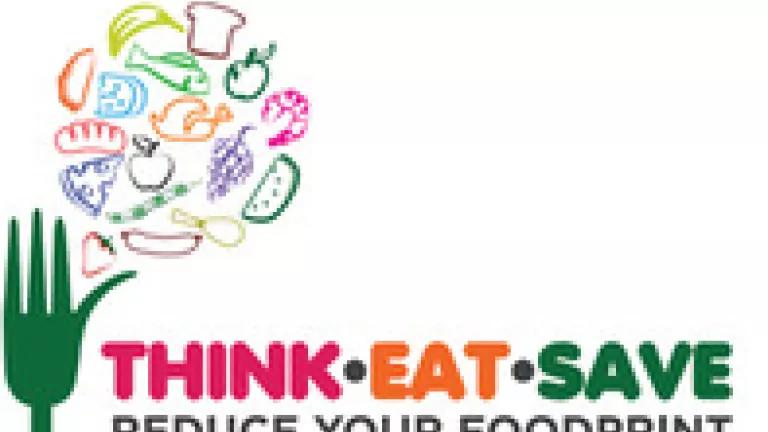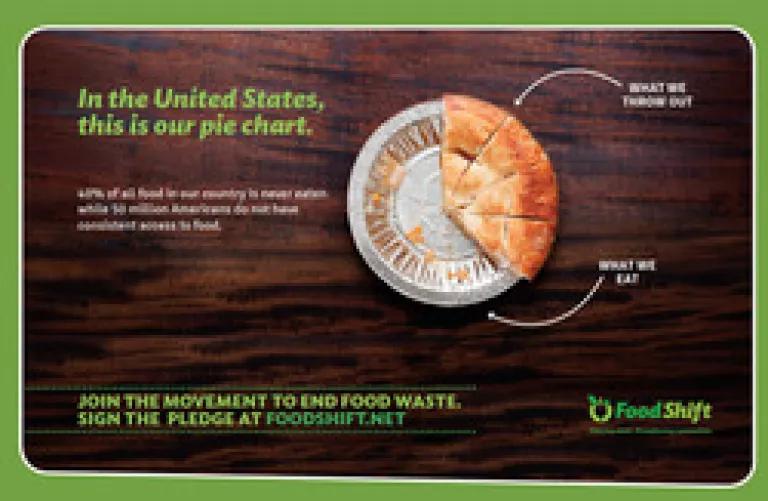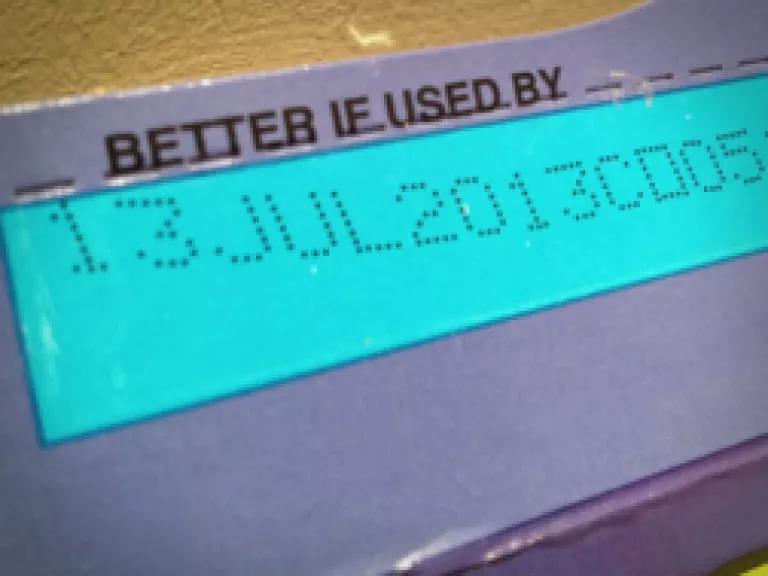
The year of 2013 has been an exciting one for the future of food. Amidst moving to ban trans fats and demonstrating the threats of routinely using antibiotics in animal feed, the country woke up to the opportunity and moral obligation to waste less food.
When I compare where the “food waste issue” is today with just one year ago, I’m floored by how much progress has been made. We’ll need more progress to get more data to know just how much food was actually saved, but at least we can say with confidence that businesses, organizations, and everyday folks are more aware that letting 40 percent of the food in this country go uneaten just isn’t cool.
Even without sound data to document actual savings, here are twelve good reasons to think we made good progress in 2013 towards reducing food waste across the U.S. and beyond.
12. The United Nations launched a targeted campaign – In January, the Think.Eat.Save. global campaign was launched by two branches of the United Nations and partners. The two year campaign aims to galvanize widespread action to reduce food waste. A toolkit was also launched as part of the associated FAO Save Food Initiative.
11. USDA and EPA challenged the U.S. to act – In April, the USDA and EPA announced the U.S. Food Waste Challenge to “lead a fundamental shift in how we think about and manage food and food waste in this country.” The challenge invites the food industry and other institutions to make commitments to reducing (i.e. preventing), recovering (i.e. donating), or recycling (i.e. composting, generating energy, feeding to animals) their food waste. As part of the Challenge, several branches of USDA took on specific projects as have companies such as ConAgra, General Mills, and Unilever. A variety of universities, sports teams, and entertainment venues joined as well. See the list of participants and their goals here.

10. A U.S. food waste awareness campaign was expanded – In April, it was decided that a small pilot project called Food: Too Good to Waste designed to tackle consumer household food waste will be scaled up to a national campaign by EPA and USDA. The project provides materials for municipalities or organizations to educate their local communities on how to waste less food in the home. Here in the San Francisco Bay Area, FoodShift succeeded in conducting a different campaign with banners, such as the one shown here, on public transit.
9. Tesco announced a new focus – In May, stating “the volume of food wasted every year is simply breathtaking,” the CEO of grocery giant Tesco announced one of its three long-term strategic Big Ambitions will be: To lead in reducing food waste globally. Since then, they have established a best practice “blueprint” of operational efficiencies that will be spread throughout their global operations, such as optimizing case sizes, reducing lead times for orders and improving in-store operations in bakeries. They also published third-party verified food waste data, developed new waste metrics, moved to a “one-date” labeling system, and dropped buy-one-get-one-free promotions for some products.
8. The UK announced more progress – In May, the Brits continued to lead the charge on reducing food waste with the announcement of Courtauld Commitment 3 – the third phase of joint reduction targets set by 52 leading retailers, brands and manufacturers. In addition, they published a new report indicating a 21% drop in food wasted in households between 2007 and 2012 and have continued to grow a new project with the hospitality and food service industries.

7. The Pope voiced his concern – In June, Pope Francis spoke out against wasting food on World Environment Day, denouncing what he called a "culture of waste" in an increasingly consumerist world. "Throwing away food is like stealing from the table of those who are poor and hungry," he said. "Our grandparents used to make a point of not throwing away leftover food. Consumerism has made us accustomed to wasting food daily and we are unable to see its real value." With a 1.2 billion strong Roman Catholic Church, the Pope’s leadership on this issue is notable.
6. The Food Waste Reduction Alliance forged ahead – In June, a combined initiative of the Food Marketing Institute, the Grocery Manufacturers Association, and the National Restaurant Association, the Food Waste Reduction Alliance released their first survey (a step in improving data for those sectors), built a toolkit of best practices that’s soon to be released, and added a goal towards reducing waste at the source in addition to their other goals of donating more food and diverting more scraps to compost or anaerobic digestion.
5. Resource impacts were quantified– In September, the United Nations Food and Agriculture Organization released a report estimating that 28% of land in agriculture and water equal to three times the volume of Lake Geneva are being used to grow food that is never eaten, globally. If food wastage (as they call the combination of all food lost or wasted in the food system) were a country, it would rank third in greenhouse gas emissions after China and the U.S.

4. Expiration dates were exposed – Also in September, The Dating Game report that NRDC coauthored with the Harvard Food Law and Policy Clinic did just what we hoped – highlighted the mass misinterpretation of date labels on food that is leading to huge amounts of waste. (In case you missed it, date labels have nothing to do with how safe your food is.) Following that report, members of both government and the business community have indicated plans to improve upon the current confusing situation. I’m optimistic we will see action on this in 2014.
3. Foundations were laid for better measurement – In October, the World Resources Institute, creators of the widely used Greenhouse Gas Protocol, announced plans to establish a similar protocol for measurement and reporting of food losses and waste. This is a critical step in laying the groundwork for standard measurement. This project will collaborate with EU FUSIONS, a European initiative across 13 countries aimed at developing a shared strategy towards reducing food waste, beginning with a standard approach to measurement and monitoring.
2. Innovation abounded –I can’t count the number of entrepreneurial ventures that have sprung up this year to capitalize on the opportunities created by food that’s currently going to waste. Apps emerged at every level of the supply chain to enable those with surplus food to post instant alerts in an effort to find a buyer or donation recipient. Various products that extend shelf life came on to the market. And new business models, such as that put forth by the Daily Table, entered the scene. We’re still waiting for that brilliant designer to create the next generation of refrigerator…

1. People told me so – All the time. All year long. I couldn’t go anywhere without someone proudly declaring to me they ate yogurt after “the date” for the first time in their lives, or they used up some wilted broccoli in a stir fry. These little steps add up. The fact that people care is what is behind all of the change we saw in 2013, and will continue to be the foundation for it for years to come.
Looking forward into 2014, the momentum seems that it will only continue. Massachusetts has proposed a solid waste disposal ban for organics (for both landfills and incineration) that would apply to entities disposing of one ton or more of food waste per week, beginning in July of 2014. WRI will move forward in earnest with its Global Food Loss and Waste Measurement Protocol. The EPA will launch their Food: Too Good to Waste campaign at a national level. And all of us, I hope, will continue on the journey to waste less in our own lives and invite the businesses and policymakers we engage with to join us.
